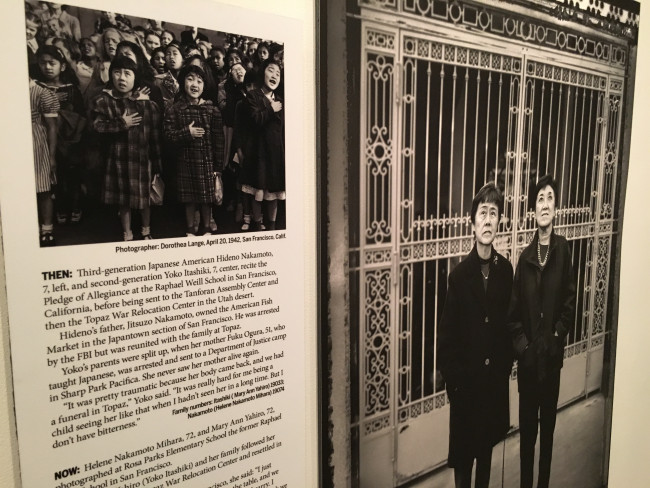 Pledge of Allegiance: Hideno Nakamoto and Yoko Itashiki at age 7 and at 72
Pledge of Allegiance: Hideno Nakamoto and Yoko Itashiki at age 7 and at 72
There is a powerful new exhibit at the Oregon Nikkei Legacy Center Museum in Old Town Portland Ore. (121 NW 2nd Ave Portland, OR 97209)
“Gambatte! Legacy of an Enduring Spirit” Open through January 17, 2016.
In this all new traveling exhibit, historic images shot in 1942 by War Relocation Authority staff photographers Dorothea Lange, Tom Parker, and others are juxtaposed with contemporary images of the same individuals taken by Sacramento Bee photojournalist Paul Kitagaki, Jr.
The Story Behind the Exhibit by Paul Kitagaki Jr. on Vimeo.
Kitagaki writes:
In the late 1970s, as I started on my path as a photographer, my uncle, Nobuo Kitagaki, an artist in San Francisco, told me that Dorothea Lange had photographed my grandparents, father and aunt in 1942 as they awaited a bus in Oakland, Calif., to begin their journey into detention. Several years later, while looking through hundreds of Lange’s photographs at the National Archives in Washington D.C., I found her original images of my family.
As I examined Lange’s work I realized that every photograph represented an untold story that was quietly buried in the past. I had many questions and few answers. Most importantly, I wanted to know how Executive Order 9066 forever changed the lives of these internees who unjustly lost their homes, businesses and, sometimes, their families.
In 2005 I began searching for the identities of Japanese immigrants and Japanese Americans whose images of forced relocation were captured by Lange and the other War Relocation Authority photographers, including Clem Albers, Tom Parker and Francis Stewart. It’s a complicated and difficult task, as most of the photographs did not identify incarcerated subjects. During the past eight years I’ve photographed 25 of the original subjects, or their direct descendants, living in California, Oregon and Washington. Recently I’ve located 10 more subjects who need to be photographed. As each year passes we are losing the last Nisei generation along with their untold stories. More
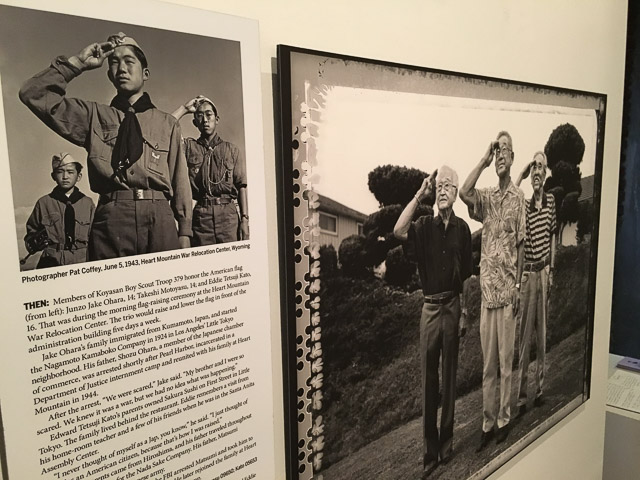 Incarcerated at Heart Mountain: Three Boy Scouts Honor the American Flag (1943 and today)
Incarcerated at Heart Mountain: Three Boy Scouts Honor the American Flag (1943 and today)
A Q&A with Paul Kitagaki, Jr. “Photography, Family History, and the Search for Missing Incarcerees” from Densho Blog
Kitagaki’s “Help Find Missing Internees” photo gallery.
Like this:
Like Loading...
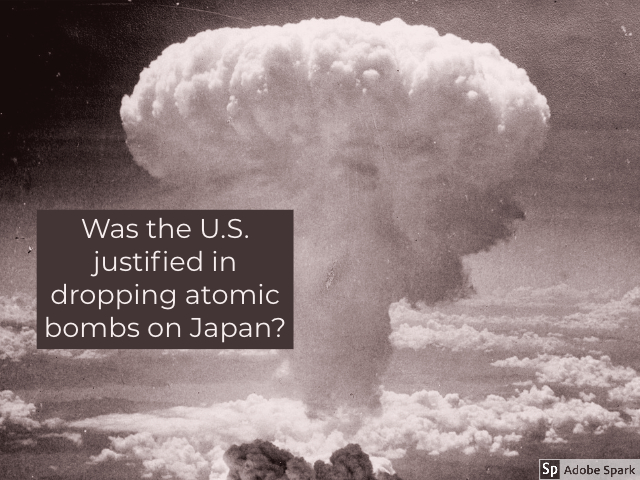

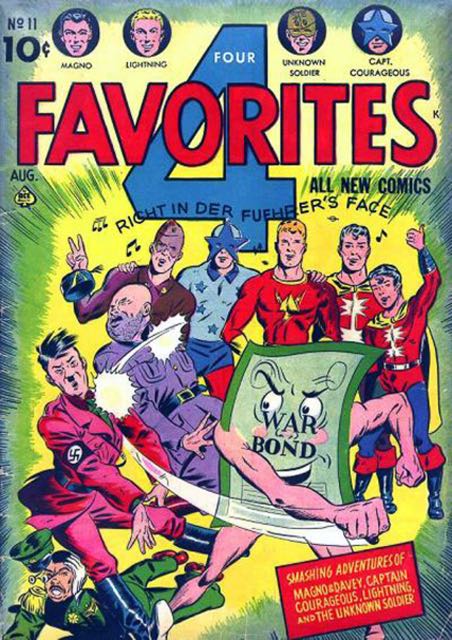
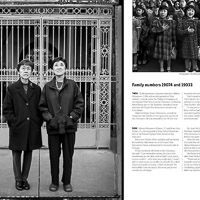
 Pledge of Allegiance: Hideno Nakamoto and Yoko Itashiki at age 7 and at 72
Pledge of Allegiance: Hideno Nakamoto and Yoko Itashiki at age 7 and at 72 Incarcerated at Heart Mountain: Three Boy Scouts Honor the American Flag (1943 and today)
Incarcerated at Heart Mountain: Three Boy Scouts Honor the American Flag (1943 and today)
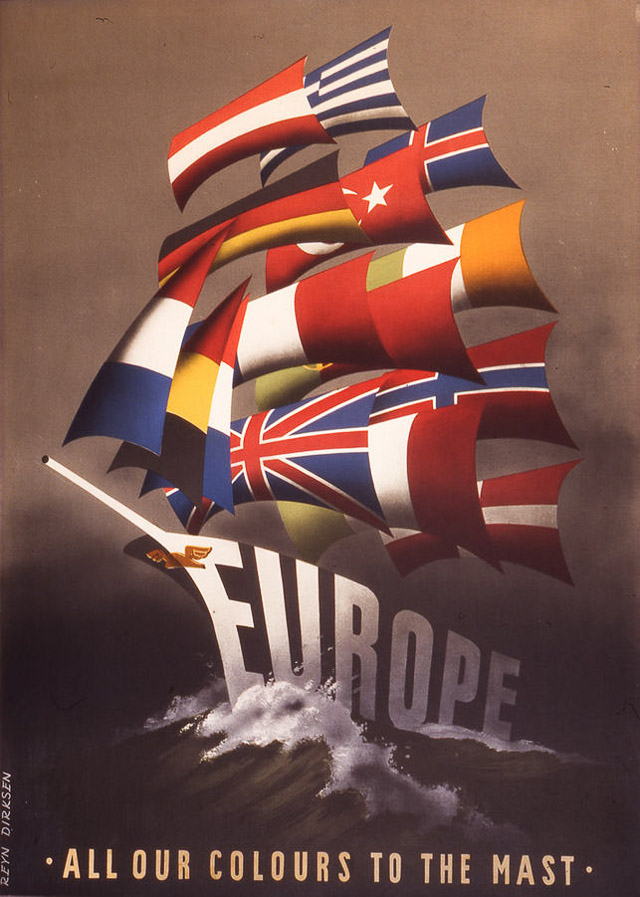
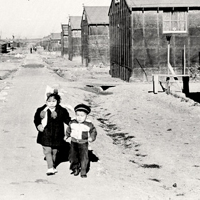
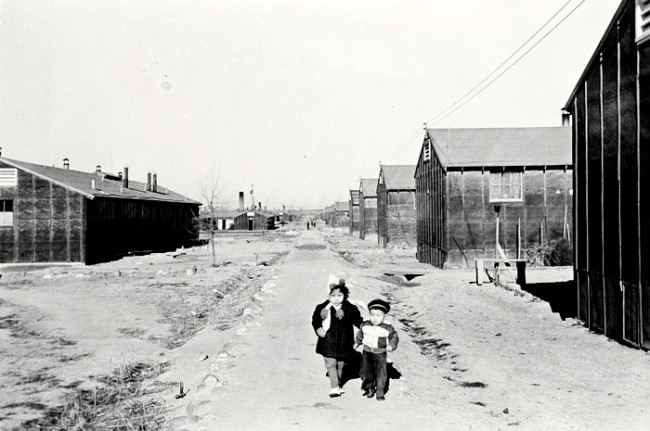 Two children in camp c. 1943 Minidoka concentration camp Idaho
Two children in camp c. 1943 Minidoka concentration camp Idaho